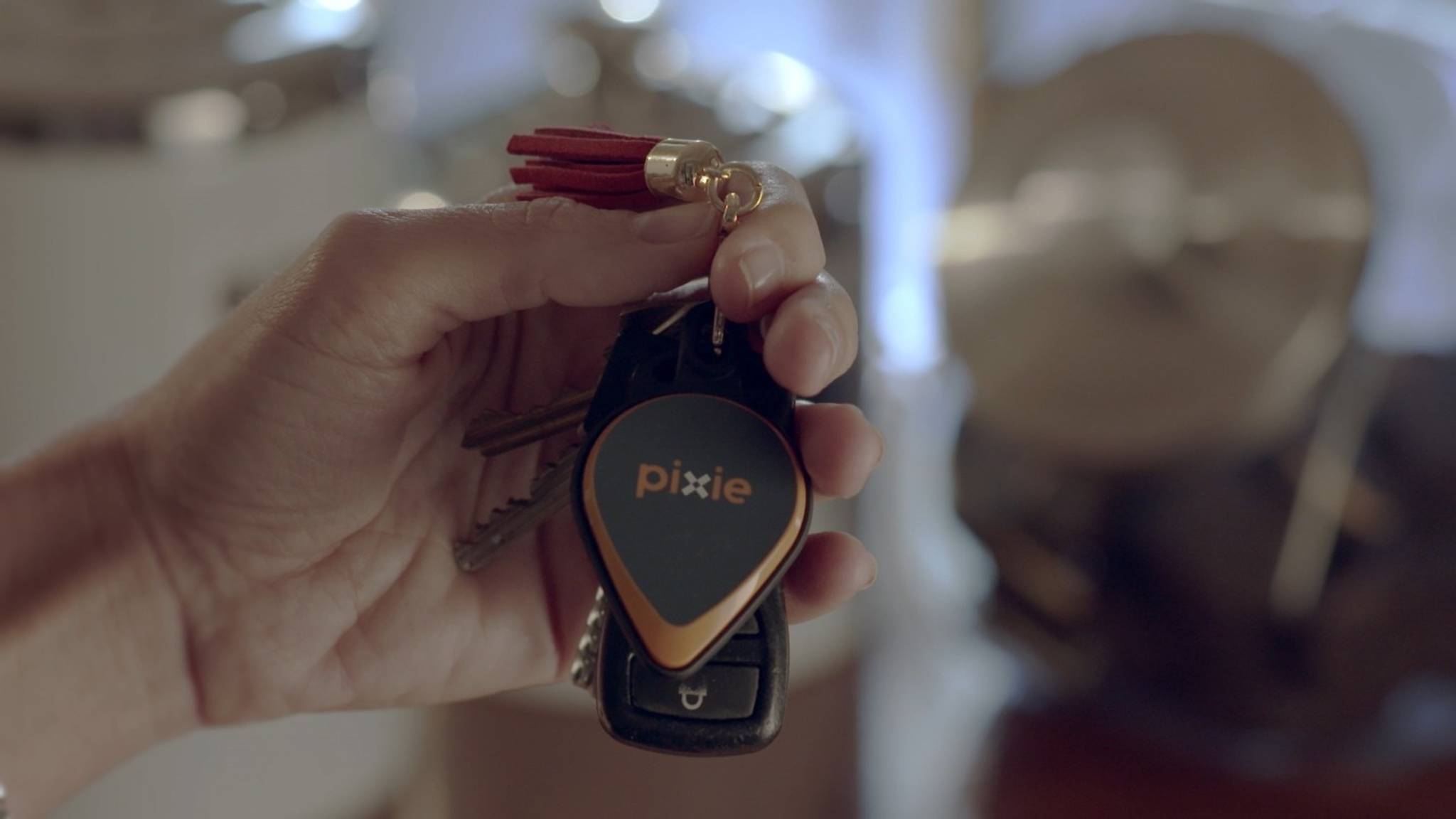
Blippar is creating novel routefinding experiences with AI and AR, by superimposing content over the virtual images people can see. While relying on GPS has become the norm, people now want more interactivity, and this where AR and AI step in, creating fully lifelike, tangible experiences. We explore the insights behind the app and why people want more tangible ways to get from A to B.
Blippar leverages a person's location to create a dynamic wayfinding experience. It combines artificial intelligence and augmented reality, by using video to create ‘real life’ virtual maps, which update with superimposed content, such as points of interest, virtual routes – and potentially AI-generated adverts along the way. “Facebook may know just about everything about you, but the advertising behemoth hasn’t made the most of leveraging a user’s location,” writes Jordan Cook for TechCrunch. “Blippar might stand a chance at doing just that with the new visual positioning system, giving retailers unprecedented information around the way that customers move through a store.”

GPS allows people to know where they are and how to get from A to B, but people are becoming more interested in ways that go beyond the 2D. They want the experience to be more tangible and lifelike, and this in part why something like Pokémon GO has been so successful. The Boston Consulting Group predicts that 51.2 million Americans will be using AR and 21% of digital brands intend to use AR by the end of 2018. Some brands have already turned to AR to make experiences like shopping or even finding lost items interactive. Saks Fifth Avenue uses AR beauty mirrors that let customers try out the products virtually. Zara blends the online and offline experience: customers can shop via AR in-store. IKEA’s AR app lets customers place potential buys in their own homes.
Clarisse Aichelburg is an intern at Canvas8, which specialises in behavioural insights and consumer research. She went from a BSc in Psychology, Dual Masters in Brain and Mind Science to a PhD in Cognitive Neuroscience, and is currently transitioning from academia to the real world. Obviously, she is interested in the mind and brain, and enjoys yoga and pizza.



